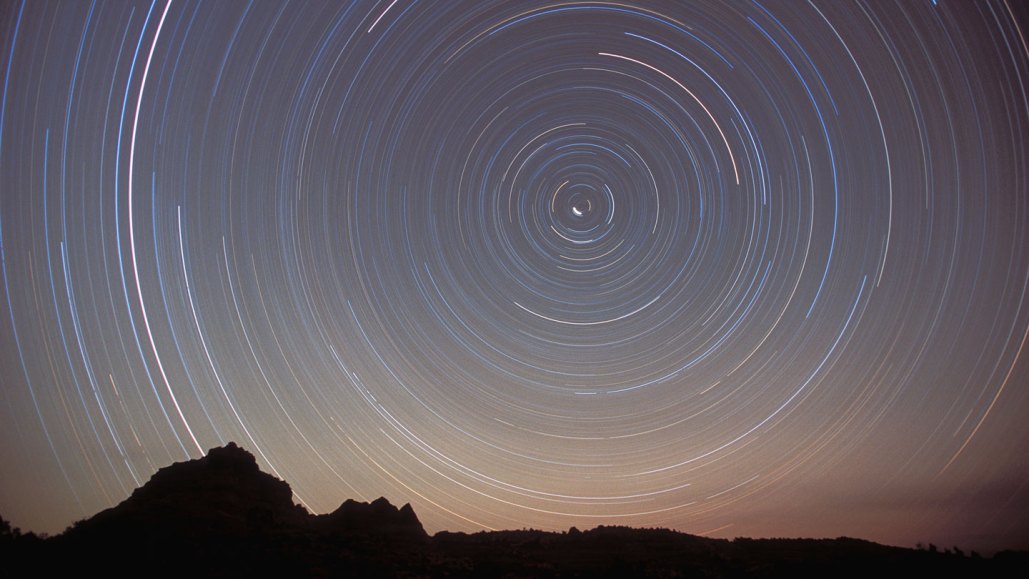Polaris Revealed to be Much More Massive Than Previously Estimated

The star marking true north is a good deal heavier than we thought.
The North Star is 5.1 times as massive as the sun, astronomers report in work submitted July 12 to arXiv.org. That value, calculated from the motion of a much fainter star that orbits the luminary, is nearly 50 percent heavier than a recent estimate of 3.45 solar masses.
Mass profoundly affects stellar life: The more mass a star has, the faster it burns its fuel and the sooner it dies. The earlier mass estimate had suggested that the North Star, also known as Polaris, is roughly 100 million years old (SN/12/2/16). The new estimate means the star formed more recently than this, but no one has yet calculated a revised age.
The companion star is so dim that it went unseen until 2005, when astronomer Nancy Evans and her colleagues glimpsed it with the Hubble Space Telescope. When the companion skirted closest to the North Star in 2016, Evans and others began tracking it with the CHARA array, an observatory that combines the views of telescopes atop Mount Wilson in California.
Because the close companion star takes three decades to revolve around the main star, most of the orbit has now been observed, bolstering the reliability of the mass estimate. “These things take a long time,” says Evans, of the Harvard and Smithsonian Center for Astrophysics in Cambridge, Mass.
Lying 447 light-years from Earth, Polaris is the closest member of a class of stars called Cepheids, which are crucial for measuring distances to other galaxies (SN: 7/21/21). The stars are large and luminous — Polaris is 46 times as wide as the sun — and nearing the ends of their lives. Notably, they expand and contract, which makes their brightness wax and wane. The longer a Cepheid takes to pulsate, the more light it emits. Measuring the pulsation period therefore indicates the Cepheid’s intrinsic brightness. Comparing this with the star’s apparent brightness yields the distance to the star and thus to its host galaxy.
“It’s extremely important to know the mass,” says Ed Guinan, an astronomer at Villanova University in Pennsylvania who was not involved with the new work. That lets astronomers check their models of how Cepheids evolve and better understand these cosmic measuring rods. But “there’s only a few Cepheids that have masses determined.”




